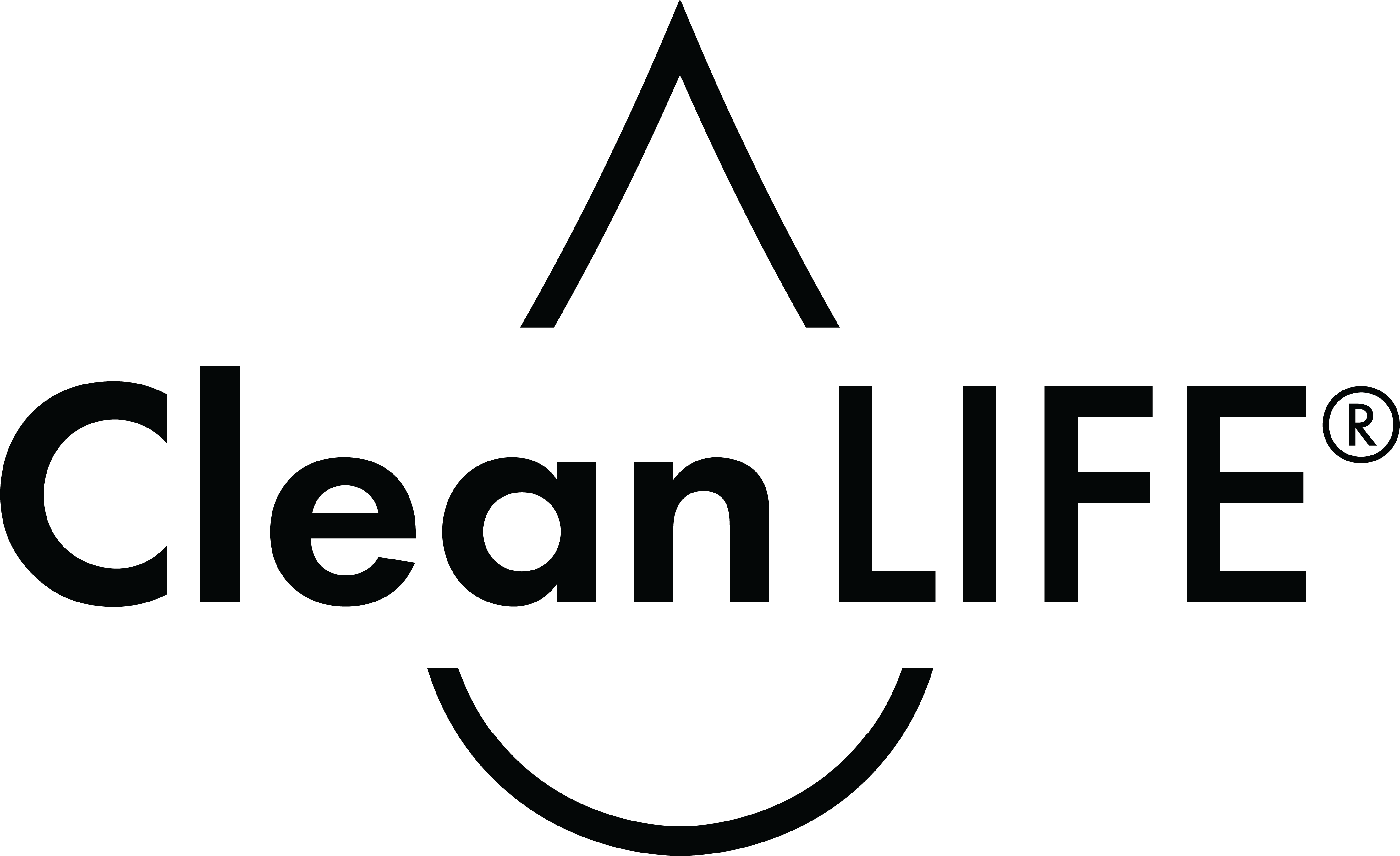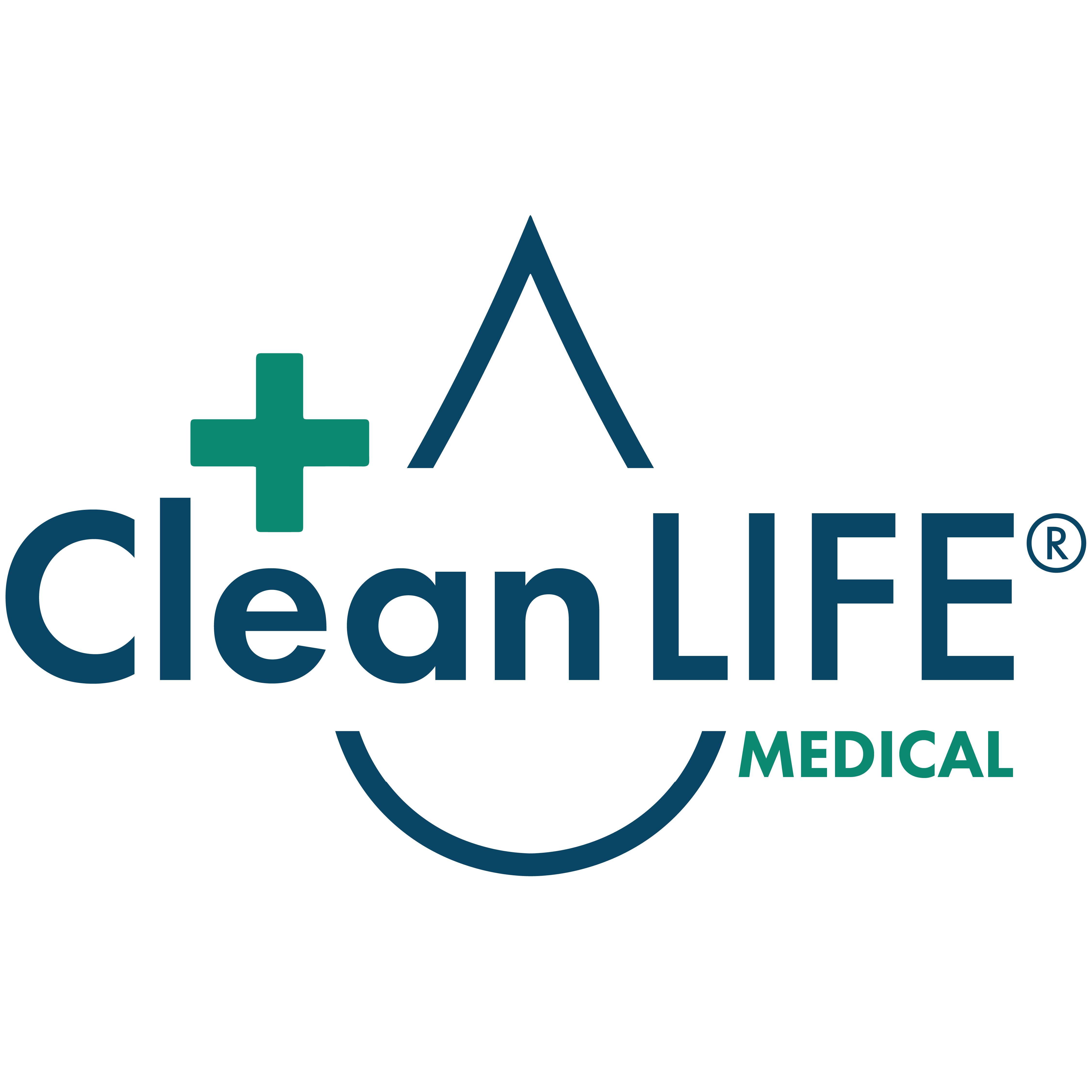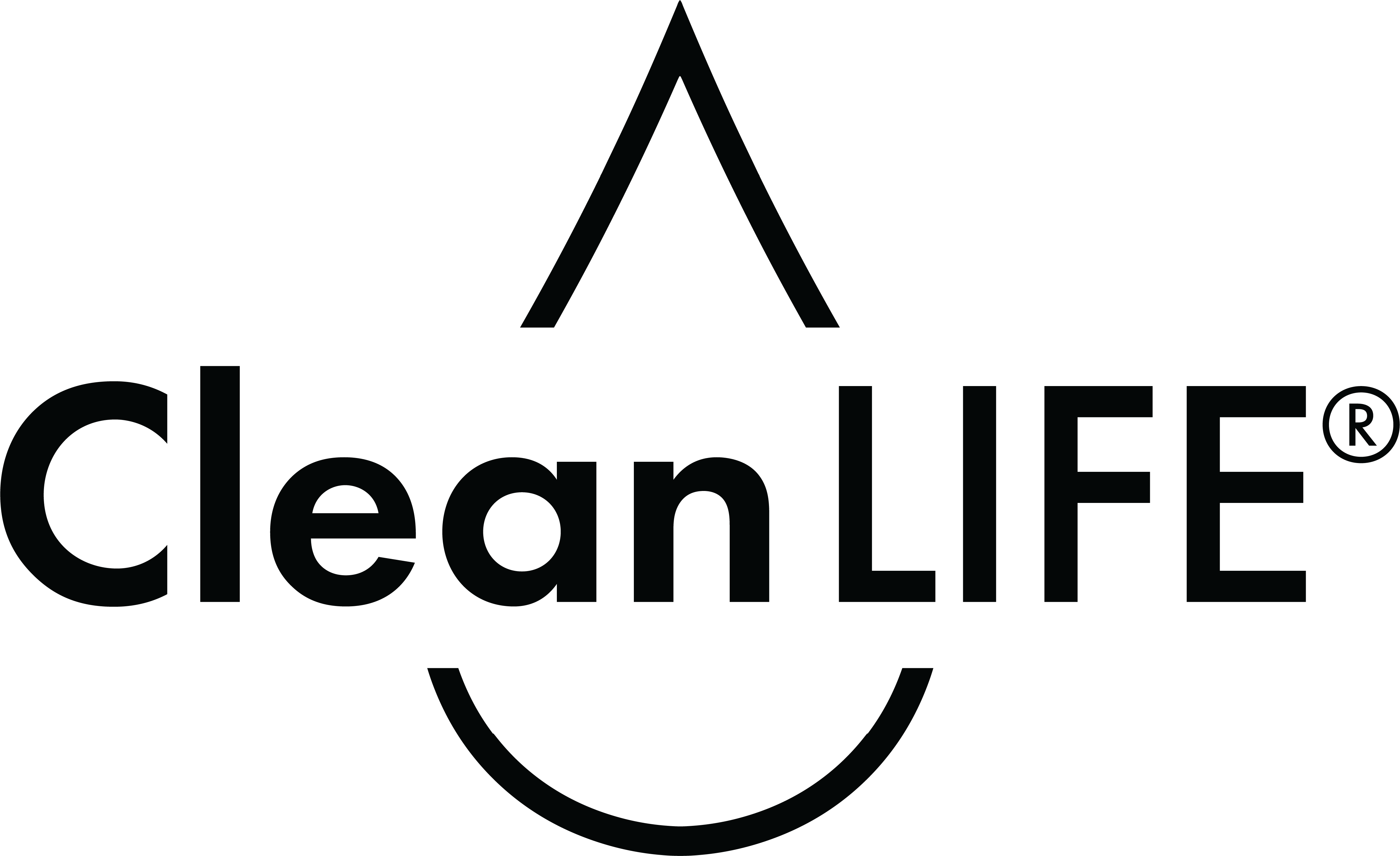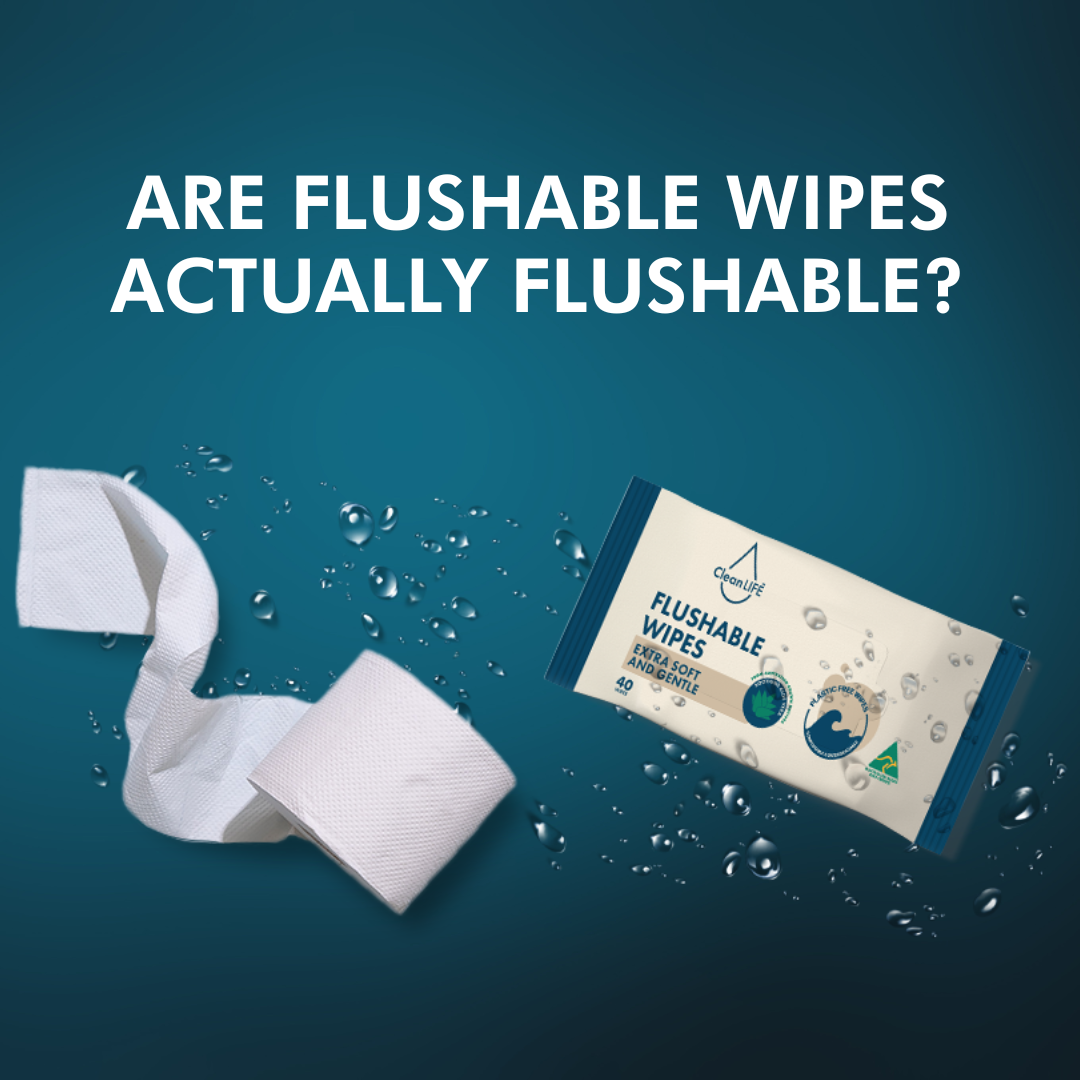Do plumbers recommend flushing wipes?
If you search through media on what blocks drains and sewers, amongst all the items you’ll see listed, it is easy to find reports and stories about wet wipe blockages. From Water Authorities around the country through to Kenny the Plumber ads, wet wipes have copped lots of bad press on this matter, and if some reports are to be believed, up to 40% of the blockages in drains through Australia’s waste system are caused by wet wipes, followed by female sanitary items, paper towels and nappies as the other major blockage culprits.
Plumbers will tell you of the nightmares from what lies beneath when unblocking drains and what is found, with wet wipes featuring prominently on their list. The fact is wet wipes are made of non-woven fabrics.
What is a non-woven fabric?
In simple terms, non-wovens are fibres of differing lengths bonded together to create a fabric that can vary in strength properties. Most wet wipes on the market are plastic non-woven fabrics, made from polyester and polypropylene fibres, that take more than 50 years to break down in a landfill, so they have no chance of dispersing under flush mode in a toilet system. Logic tells us that we can’t flush a plastic shopping bag down a toilet, so that same logic needs to apply to wet wipes.
Do all wipes block toilets?
However, the problem with wet wipes blocking toilet drains is not limited to the plastic kind. The issue of wet wipe blockages still applies to plant-based non-woven fabrics with biodegradable and/or compostable claims. These wipes are as strong as the plastic-based kind, hence under flush mode they still do NOT disperse when flushed. All the eco-positives of these plant-based fabrics don’t mean they can be flushed, as they will still keep Kenny and many other plumbers around the country unblocking toilets from the wet wipe assault.
There is a major environmental impact of wet wipes on landfills; if we hone in on the baby wipe market for a brief moment, the impact is clear. Currently, it is estimated that more than 2 billion nappies are used each year in Australia, and if we average 2-3 wet wipes used per nappy change then baby wipes are upwards of 5 billion wipes per annum. Correctly disposed of, plastic-based baby wipes end up in landfill, which is clearly understood, however, there is a big misconception about where biodegradable and/or compostable wipes end up. All the videos and claims from baby wipe suppliers advising they have compostable baby wipes may well be correct, but the fact is compost bins for both home and industry can’t accept human faeces because of the risk of viruses and pathogens impacting the compost. Therefore, plant-based baby wipes still end up in landfills, as compostable materials only break down in composting conditions.
Are flushable wipes actually flushable?
Yes, flushable wipes are flushable, but they must be certified to flush. Certified flushable wipes are assessed by independent auditors to ensure they not only pass the testing requirements, but also audit how the wipes are manufactured, where the raw materials are sourced, and check that each batch of manufactured wipes are tested to confirm flushability. Certified flushable wipes should have a logo on the pack to confirm and trace confirmation from the auditor.
So, let’s pause there for a minute. If there was a flushable wet wipe that did disperse under a toilet flush and broke down in a similar way to toilet paper, how much of a positive impact could that have on the environment? In the personal care space, there are baby wipes, intimate care wipes, cosmetic wipes, and aged care wipes to name a few of the common wet wipes that either accumulate into landfill (when correctly disposed of) or add to toilet blockage statistics (when incorrectly disposed of). Collectively these wipes would conservatively total 12 billion wipes per annum, and at an average weight of 1.5grams per wipe, this equates to 18,000,000 kg of waste that needs to be dealt with in landfill when correctly disposed of.
Is there an Australian Standard for flushing wipes?
What few people know is that in May 2022 a new Standard was released for Australia and New Zealand, AS/NZS 5328 Flushable Products, that covers the strict pass/fail criteria for wet wipes to be flushable. This standard has been modelled on what is currently in play in Europe, however, AS/NZS5328 is stricter in full compliance. Europe has successfully implemented the GD4 Standard for flushable wipes or often referred to as flushable toilet tissues, reducing the incidence of blocked drains and providing proper protection for wastewater systems. A flushable wipe that meets AS/NZS 5238 standard ensures that wet wipes have been assessed to ensure they correctly break down and disperse when flushed similarly to toilet paper.
It may be one thing to claim there are biodegradable and/or compostable wipes, however when used for personal hygiene applications, such as baby wipes, they will end up in the landfill. In contrast, a flushable wipe that meets the new Australia/New Zealand standard provides a massive opportunity to divert waste away from landfill into an eco-responsible method that flushes and disperses in the same way as toilet paper. That takes a load off landfill while also supporting our wastewater systems to reduce the incidence of non-flushable wipe blockages, putting a smile back on the face of Kenny and plumbers around the country.
It may well be time to take a closer look into the toilet, it could be greener down there than we think.
CleanLIFE Flushable Wipes are accredited to the standard AS/NZS 5328 for flushable products.



